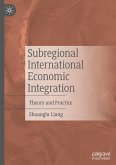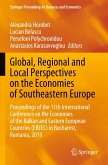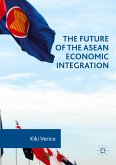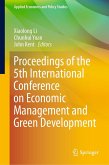China's borderland economy has grown significantly recently, thanks largely to a favorable institutional environment created by national strategies such as the development of the western part of China, revitalization of old industrial bases in the northeast, and the anti-poverty campaign. This work draws on theories of international economics and spatial economics to study the regional economic integration of China's border areas, with the aim of shedding light on how to improve policies and practices. It discusses topics such as the transformation of border trade, industrial upgrading and urbanization in borderlands , especially in the context of cross-border economic integration. Furthermore, the book also explores ways in which changes in the border might contribute to the formation of peripheral economic growth centers, and related environmental, institutional and policy issues. It will interest scholars of Asian economic trends and the rise of China, particularly in Southeast Asia.








